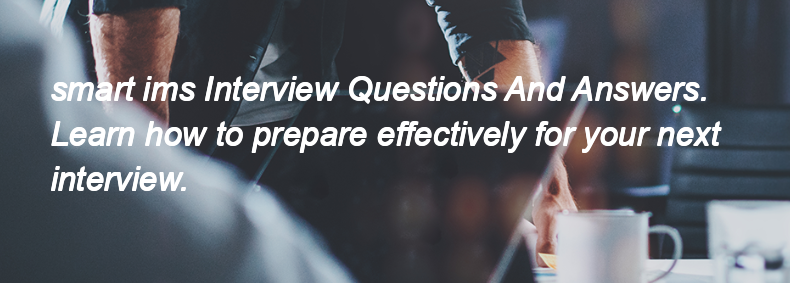Ques:- What are the benefits and limitations of using hidden fields?
Asked In :-
IT Cube Solutions, Peter Vardy, smart ims, intellect bizware services pvt .ltd, prokarma, metacube software,
Right Answer:
**Benefits of using hidden fields:**
1. Store data that needs to be sent to the server without displaying it to the user.
2. Maintain state across postbacks in web forms.
3. Easy to implement and use for small amounts of data.
**Limitations of using hidden fields:**
1. Data is visible in the page source, making it insecure for sensitive information.
2. Can be manipulated by users, leading to potential data integrity issues.
3. Limited to small amounts of data; not suitable for large datasets.
**Benefits of using hidden fields:**
1. Store data that needs to be sent to the server without displaying it to the user.
2. Maintain state across postbacks in web forms.
3. Easy to implement and use for small amounts of data.
**Limitations of using hidden fields:**
1. Data is visible in the page source, making it insecure for sensitive information.
2. Can be manipulated by users, leading to potential data integrity issues.
3. Limited to small amounts of data; not suitable for large datasets.

